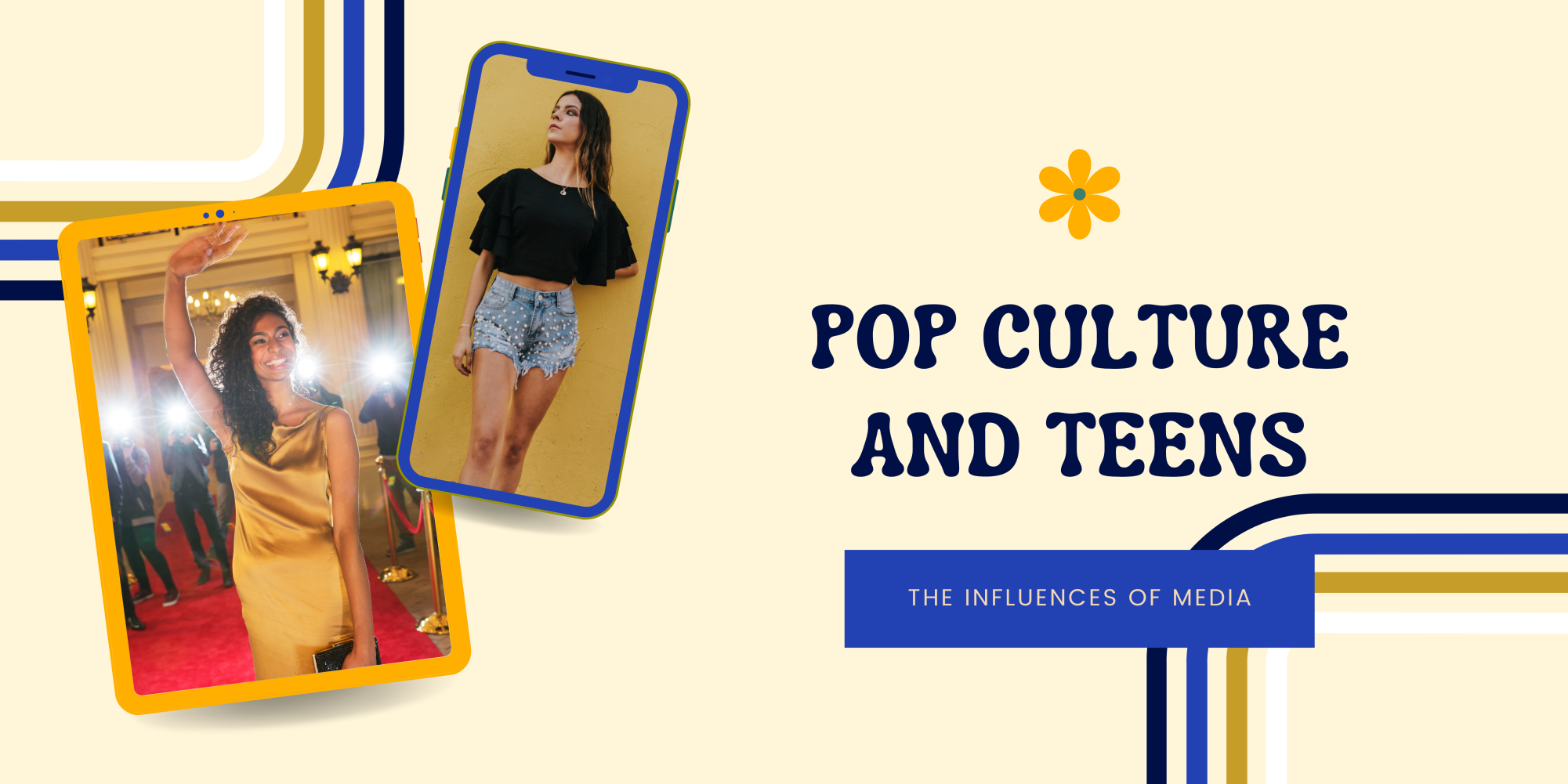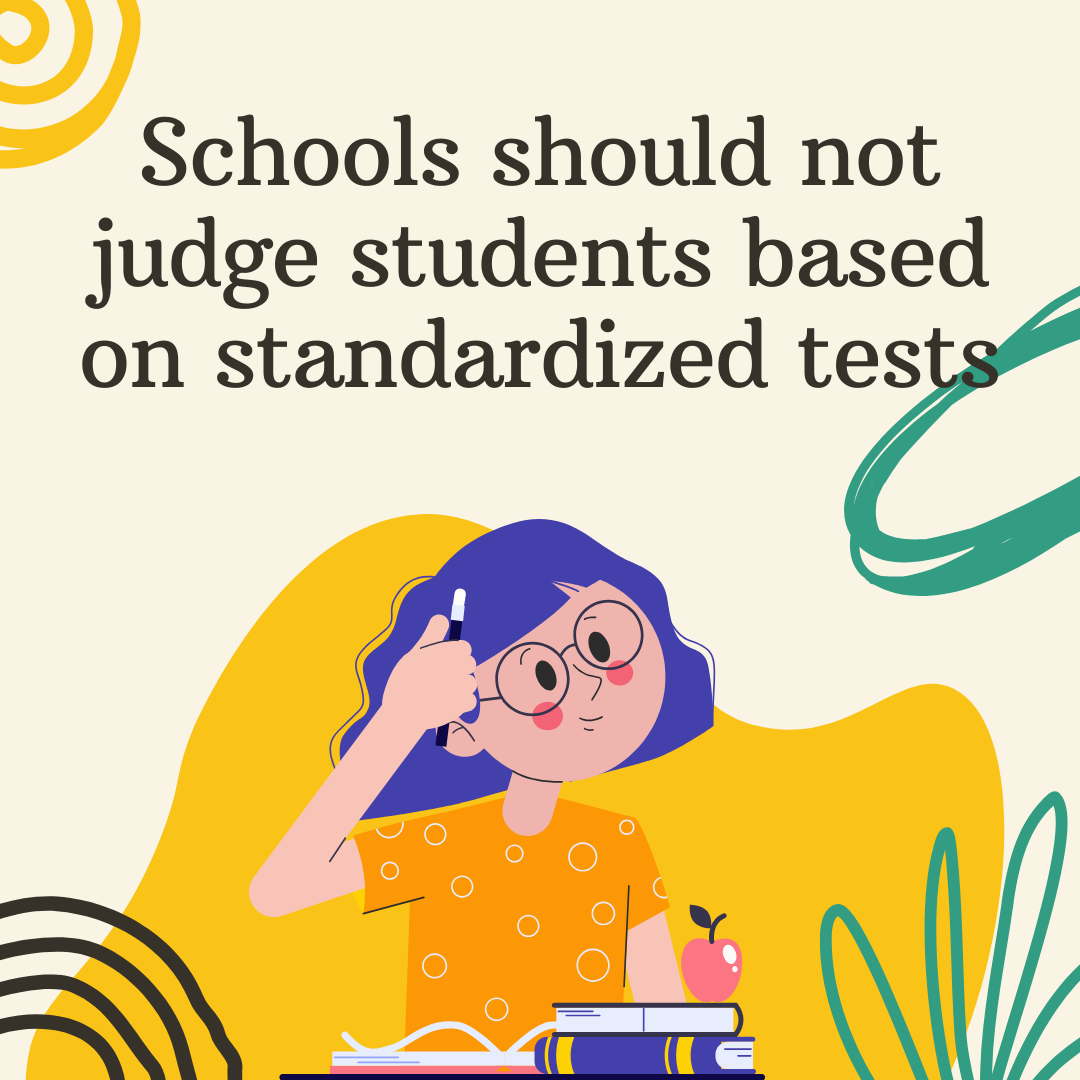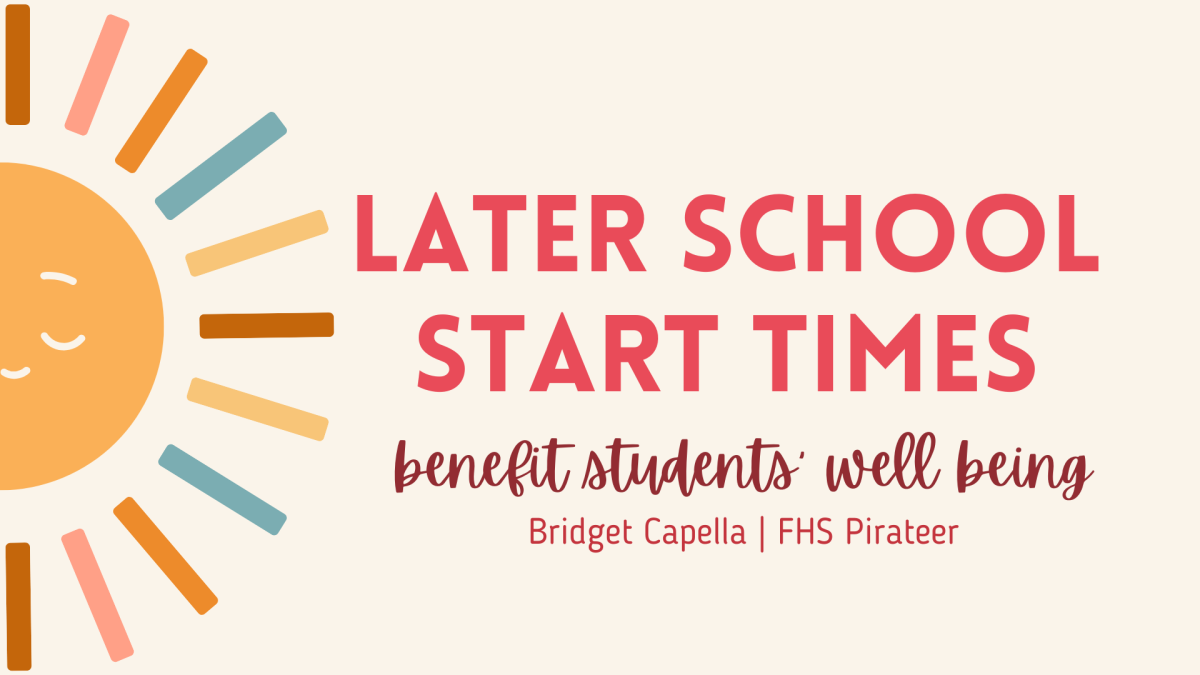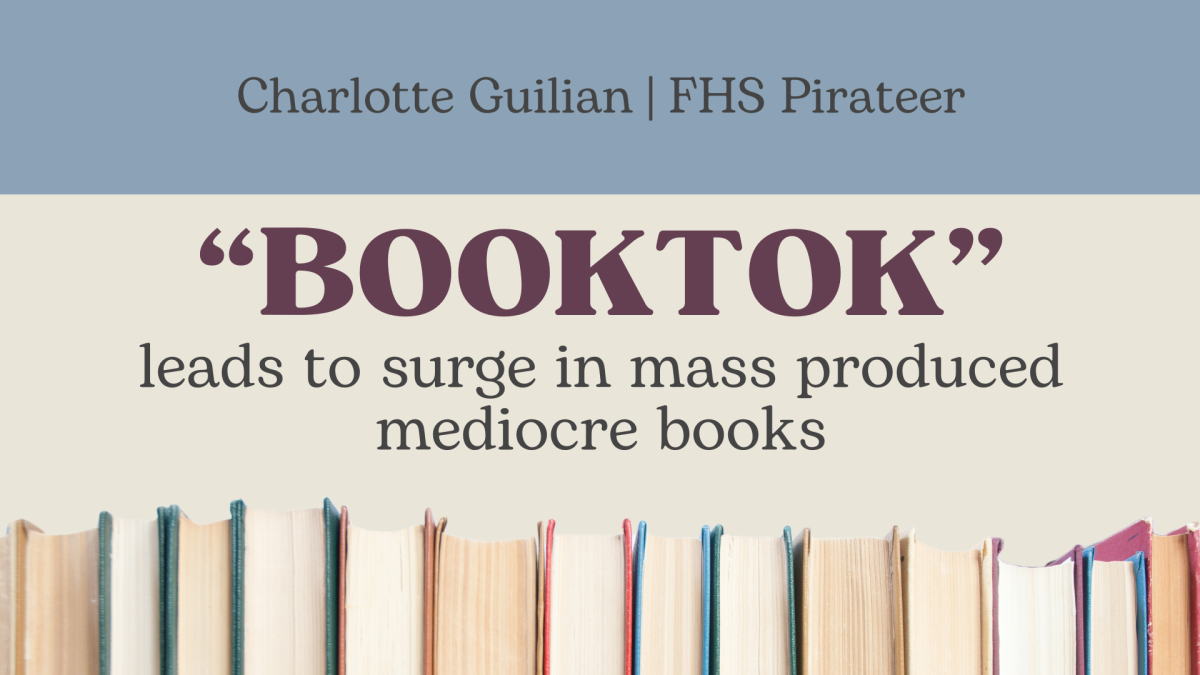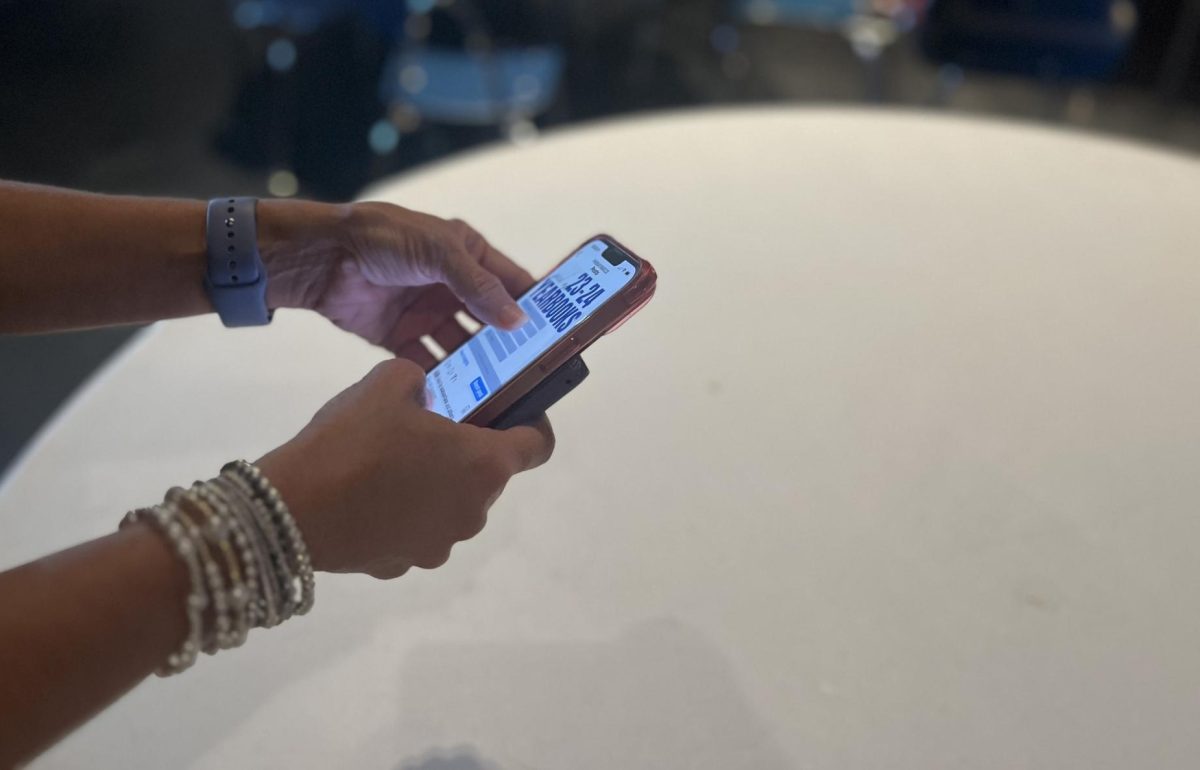Just keep swimming
by Jillian Surla, editor-in-chief
Pop culture is everywhere, making a massive impact on how teens express themselves. From the endless scrolling on Tiktok to random viral memes, what’s popular online translates to how teens dress, talk and interact with the world. For teens, pop culture doesn’t just stop once they turn off the TV; it continues to influence identities in ways people might not even realize.
Take fashion, for example. Teens are constantly adopting styles and trends they see on their favorite celebrities and influencers. According to Senior Executive Pratik Aswal in Indian Institute of Art & Design, every time a new celebrity arises, a new “torchbearer of fashion” leads the way because the novelty of the “newly popular thing” drives teens crazy in an attempt to be part of the exclusive.
What makes pop culture’s influence so significant is that it offers a way for teens to experiment and find what feels most “them.” It’s not just about keeping up with trends; it’s about using those trends to reflect an individual’s personality.
“Bet,” “cap” and “rizz” are often tossed around in day-to-day teen conversations, and the reason is plain and simple. These are words originating from online platforms, and there are more to come with new and growing trends. After all, whether it’s a reference to a viral meme or a phrase picked up from a favorite YouTuber, these cultural snippets influence how teens express humor.
But it’s not just about fashion or slang—pop culture helps teens explore bigger parts of their identity. Celebrities and influencers often discuss topics like mental health, gender identity and body positivity in the more mainstream, and teens look up to these figures, often using them as examples for how to express themselves or tackle tough issues.
According to the Perception Institute, “new narratives–ones that create an exemplary world in which difference is a fact of life that is treated with dignity and respect–can emerge and be made widely accessible [through media].”
Matthew Broderick in Ferris Bueller’s Day Off once said: “Life moves pretty fast. If you don’t stop and look around once in a while, you could miss it.” The quote from 1986 still holds true, but with having fast-paced, easy-to-access media in everyday life, it becomes a little hard for teens to keep grounded in the now.
Pop culture is ever-changing. Every few months, a new fashion trend appears and another dies off. A few years ago, society never thought it possible to bring back the classic low-rise jeans, but now it’s a staple in many teen girl wardrobes. Trends are fast, there’s pressure to keep up. But in the end, the best part about pop culture is how versatile it is—it gives everyone the chance to pick and choose what they want to embrace and how they want to show up in the world.
In short, pop culture plays a huge role in shaping how teens express themselves today. From the clothes they wear to the way they communicate, it’s all influenced by what’s trending. But the real power of pop culture lies in its ability to inspire teens to find their own voice in a world full of noise.

